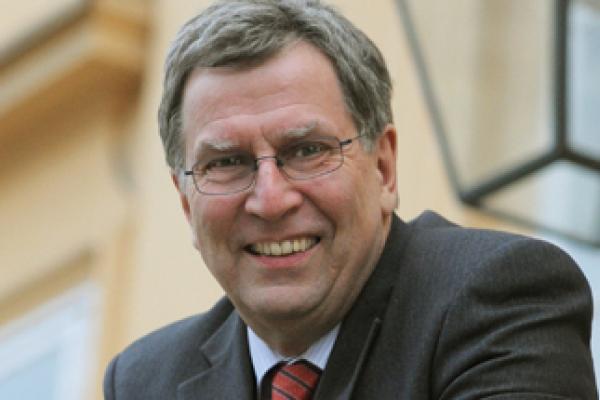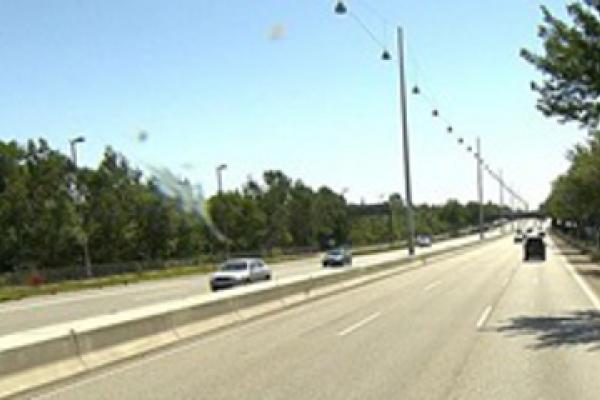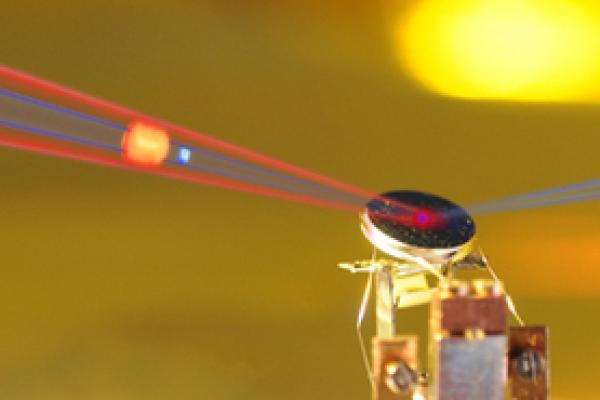The light fantastic
Light pulses that last just a billionth of a billionth of a second are allowing scientists to view the movement of electrons in detail for the first time. In the darkest month of the year, Horizon turns its gaze towards the science of light.
We discover how these rapid light pulses are helping scientists make ‘molecular movies’ of chemical reactions, and learn how Europe is leading the way in the use of extreme light, from the world’s brightest X-ray to one of the world’s most powerful lasers.
We investigate the new materials that are harnessing sunlight to clean our environment, from pollution-absorbing bus lanes to paint that purifies drinking water. Finally, we explore how new LED technology could not only dramatically cut Europe’s lighting bills but also influence the way we interact with our environment.





